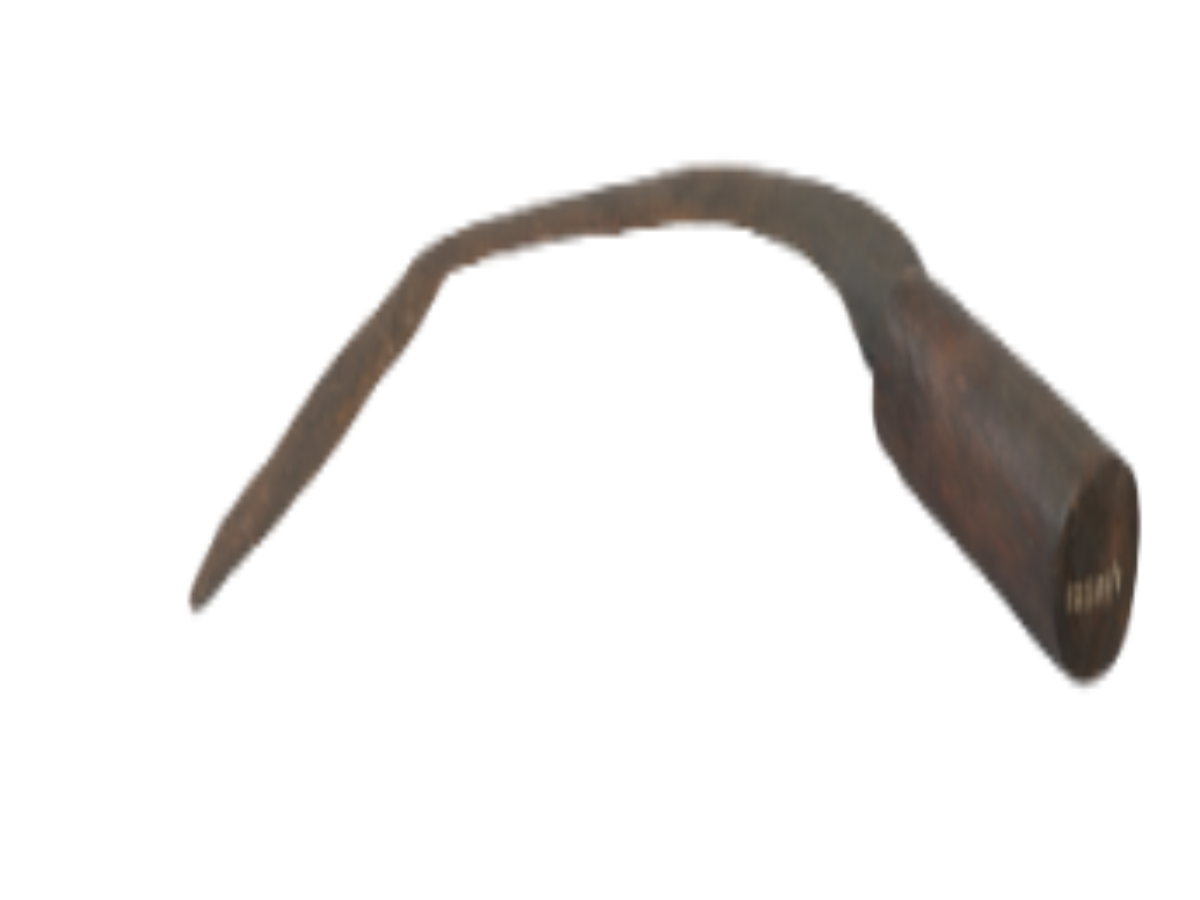State
Tribe Name
Art Type
short description
The Gadaba are one of the many prominent tribes of Odisha who are generally regarded as strong agriculturalists and eco-ethnic Rocurse-Ursf the community resides majorly in hilly and forested pockets of Koraput and Malkangiri districts, where traditional farming implements are very much a part of their elementary lifestyle. The iron sickle is known to be one of the most implements used for cutting crops, grass, and shrubs among them.
Thumbnail

Filter Postion
Left
Filter Background
Off
Theme
Filter Header Image

content
Image

description
The Gadaba are one of the many prominent tribes of Odisha who are generally regarded as strong agriculturalists and eco-ethnic Rocurse-Ursf the community resides majorly in hilly and forested pockets of Koraput and Malkangiri districts, where traditional farming implements are very much a part of their elementary lifestyle. The iron sickle is known to be one of the most implements used for cutting crops, grass, and shrubs among them.
This traditional sickle comprises a semi-lunar-shaped iron blade, having one cutting edge, which is sharp, and an almost pointed tip for the effective and accurate cutting purpose. The other end of the blade has a short tang that is firmly fitted into a short wooden handle. There is no space designed between the blade and the handle, that allows for the handle to be held very tightly which ensures that no slipping occurs during gripping while working on agricultural tasks.
Although compact and multifunctional, the sickle also has a design suitable for harvesting millet, pulses and other crops grown in small hilly patches. It serves the dual purpose of cutting fodder and clearing scrub. It stands testimony to the in-depth knowledge of metallurgy and woodcraft of the Gadaba tribe, utilizing locally available resources to manufacture practical tools.
Such tools symbolize the essence of the tribal craftsmanship and resource-efficient farming methods that still sustain a fair share of the indigenous communities in India.
This traditional sickle comprises a semi-lunar-shaped iron blade, having one cutting edge, which is sharp, and an almost pointed tip for the effective and accurate cutting purpose. The other end of the blade has a short tang that is firmly fitted into a short wooden handle. There is no space designed between the blade and the handle, that allows for the handle to be held very tightly which ensures that no slipping occurs during gripping while working on agricultural tasks.
Although compact and multifunctional, the sickle also has a design suitable for harvesting millet, pulses and other crops grown in small hilly patches. It serves the dual purpose of cutting fodder and clearing scrub. It stands testimony to the in-depth knowledge of metallurgy and woodcraft of the Gadaba tribe, utilizing locally available resources to manufacture practical tools.
Such tools symbolize the essence of the tribal craftsmanship and resource-efficient farming methods that still sustain a fair share of the indigenous communities in India.
Image Mode
landscape
promoted
On
Verified
Off
